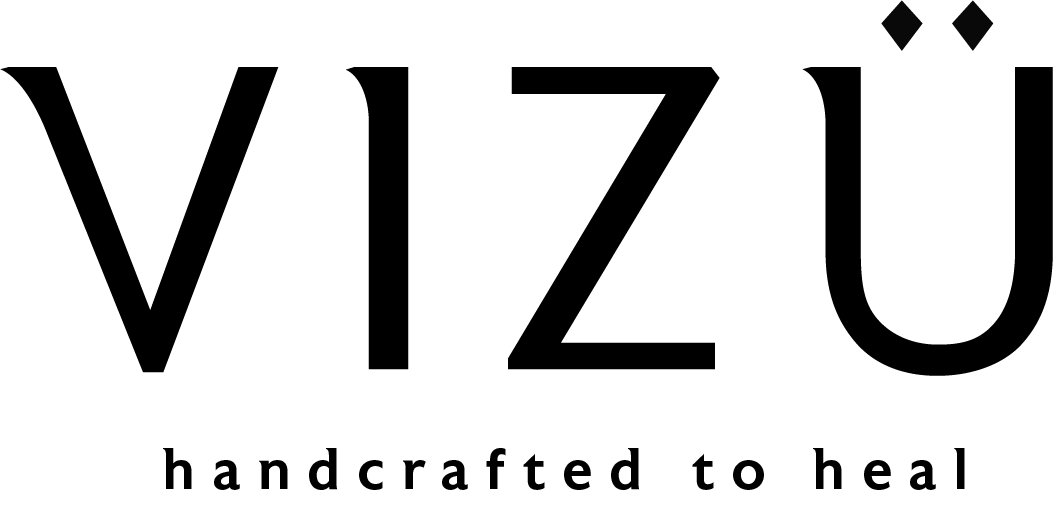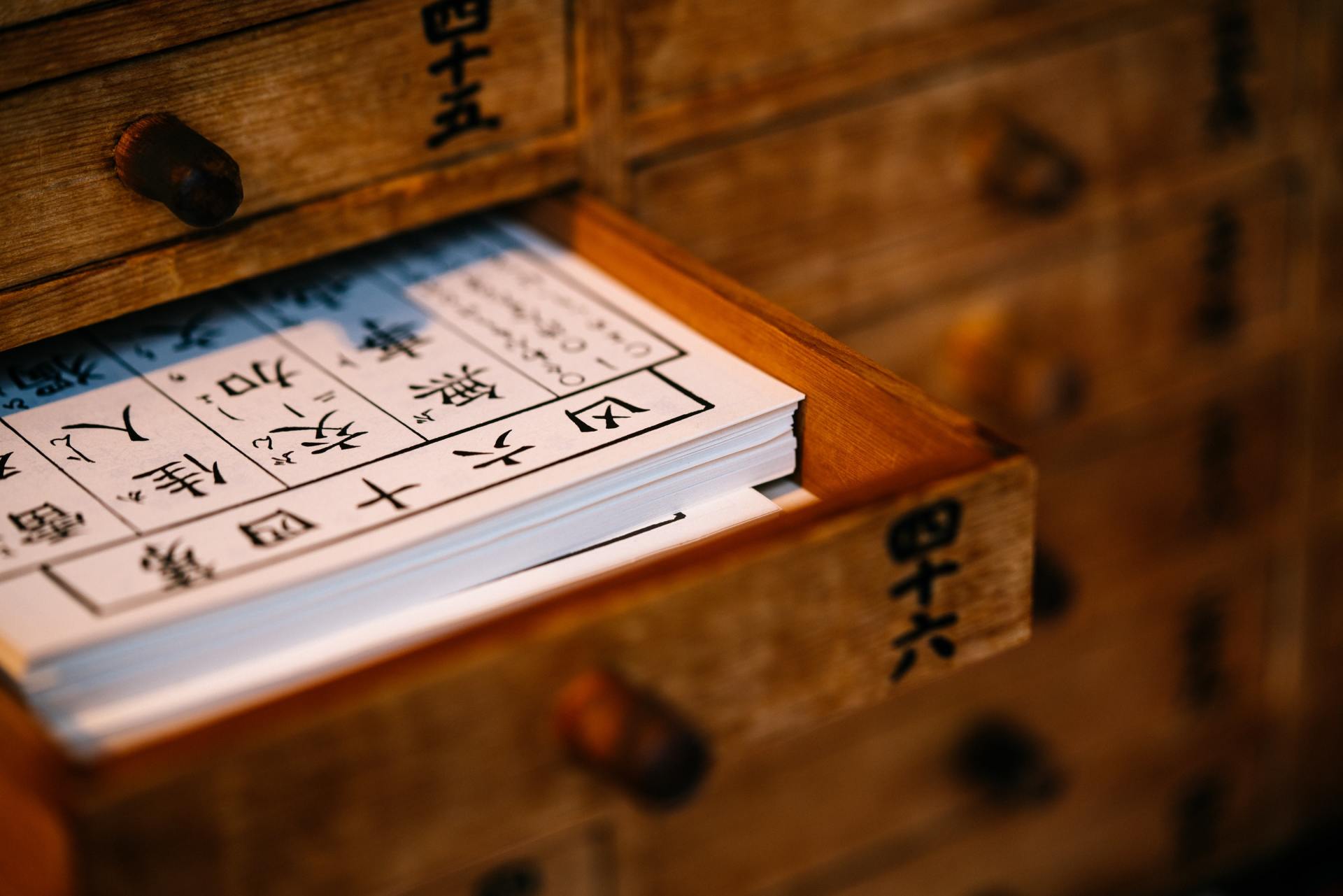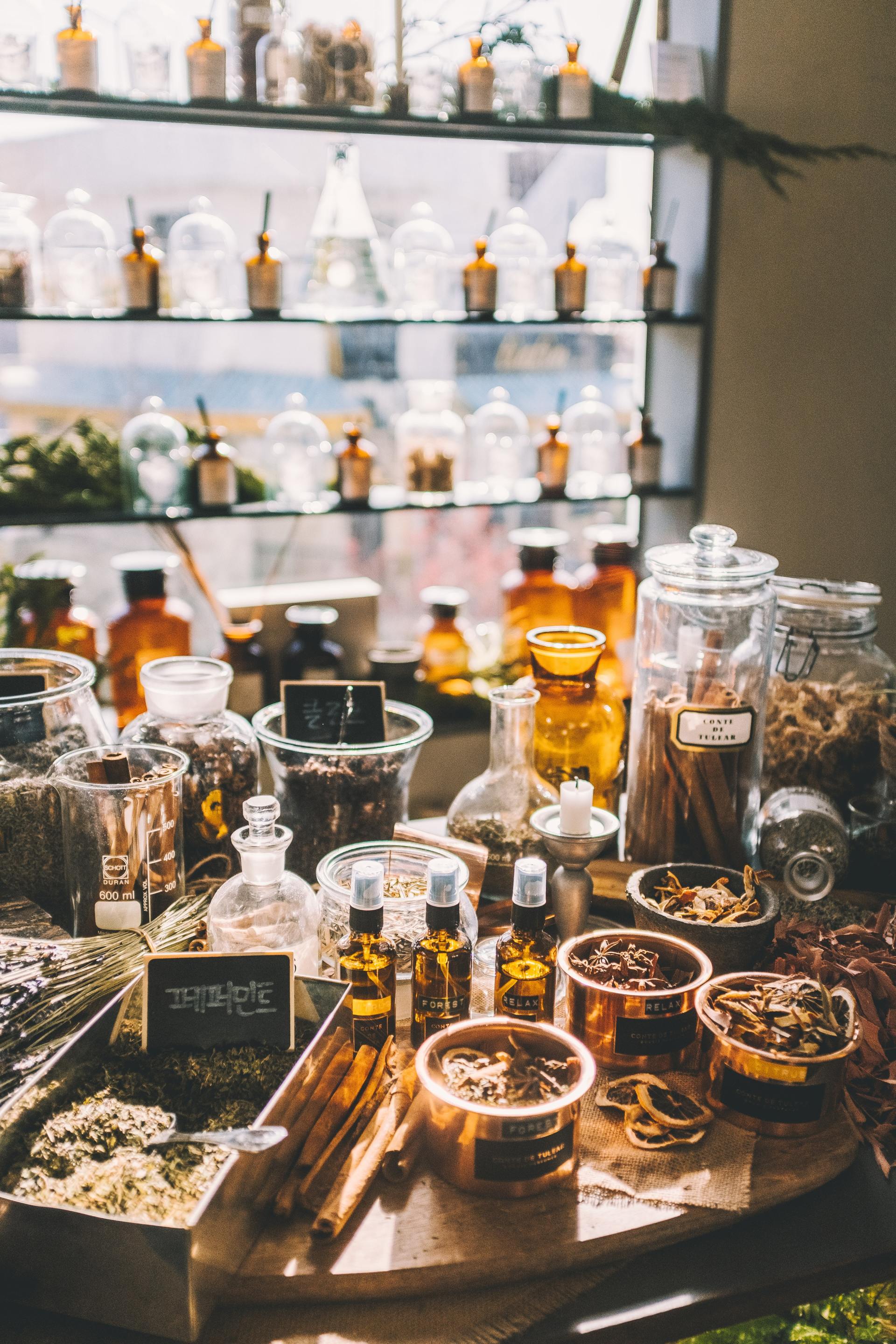Lovage root (川芎) CO2 extract
10ml 22.50 sgd / 30ml 49.50 sgd
Botanical name: Ligusticum wallichii Franch. (Ligusticum Chuanxiong Hort)
Origin: China
Extraction: Supercritical fluid extraction (CO2 extraction)
Plant part : Root
Scent: Rich pungent aroma, spicy-warm root-like odour, smells exactly like the TCM chuan xiong herb itself.
Aromatherapy: Calming, mood uplifting, aphrodisiac, euphoric, improves mental clarity and alertness.
Skin/bodycare: Hypertrophic scars and keloids, stimulate urine flow and menstruation, purifying; helps in reducing cellulite and water retention, indigestion and flatulence, gout, activates blood circulation and qi (vital energy), and relieves pain.
Blends well with: Angelica, Rose, lavender, oakmoss, spice oils.
Precautions: Dilute at 0.8% for topical use. Phototoxic. Excessive menses, bleeding disorders and pregnancy are not recommended to use.
Best before June 2022 (BN 2008)
Lovage root CO2 vs Lovage root essential oil
Lovage root is CO2 extracted, and is therefore different from the steam-distilled lovage essential oil. Lovage CO2 extract smells exactly like the original herb itself, darker reddish-brown in colour, and thicker viscosity whereas Lovage essential oil smells is volatile and watery, light brown in colour and overall less potent. CO2 extracts contain unique and heavier molecules that cannot be extracted by steam distillation. By choosing this CO2 extracted option, you reap the complete benefits of the whole plant itself. That is why Vizü decided to source for the highest quality CO2 extraction of Lovage which is most often prized by Chinese herbalists and practitioners of herbal medicine.


